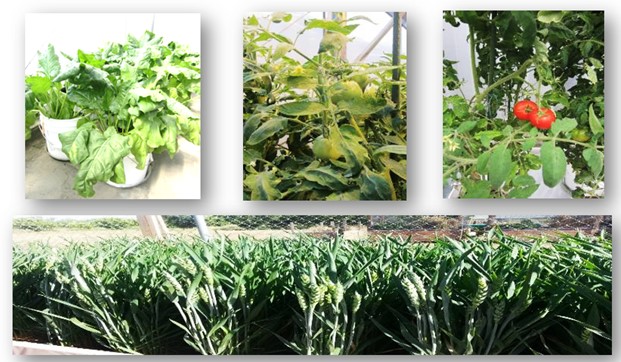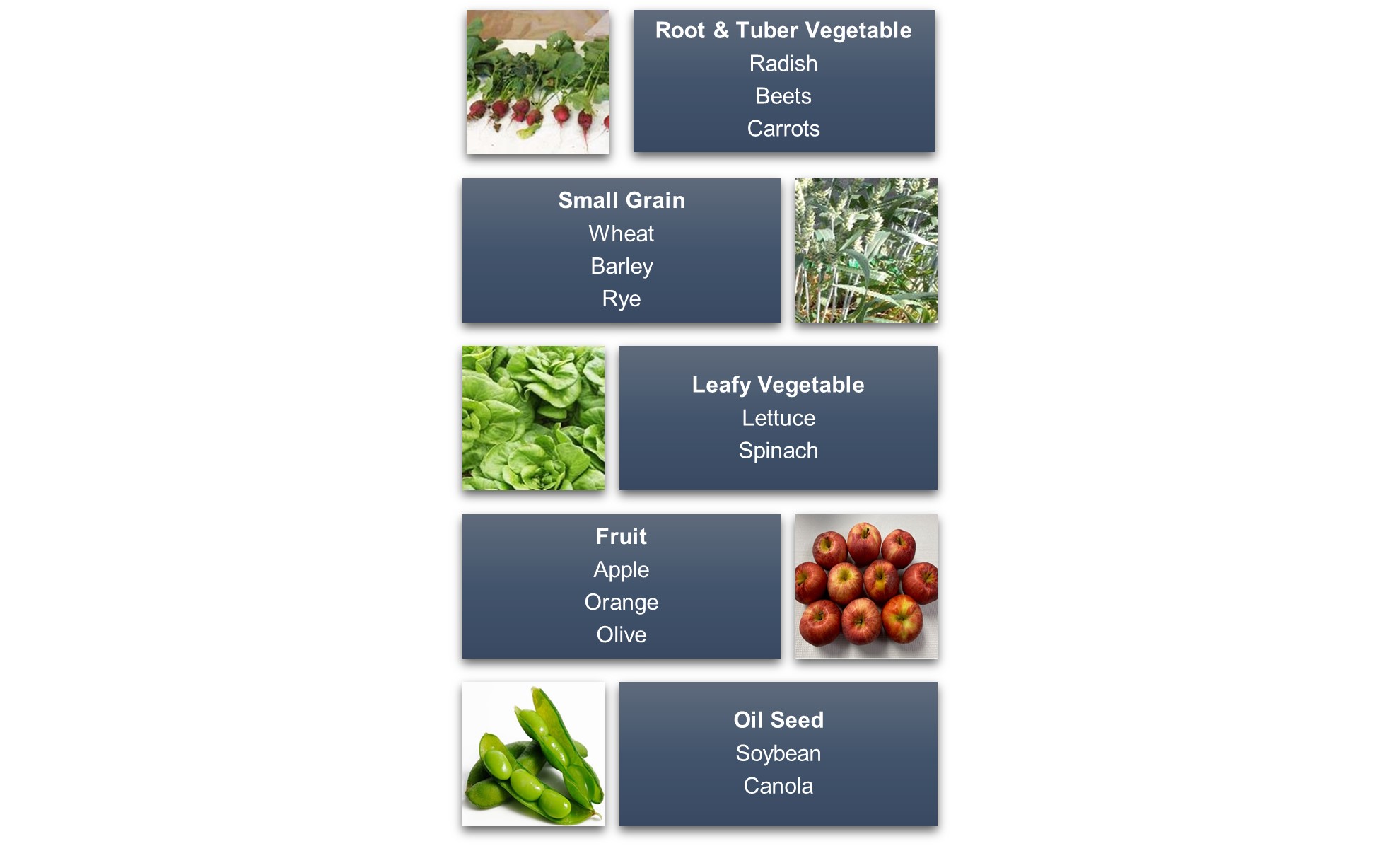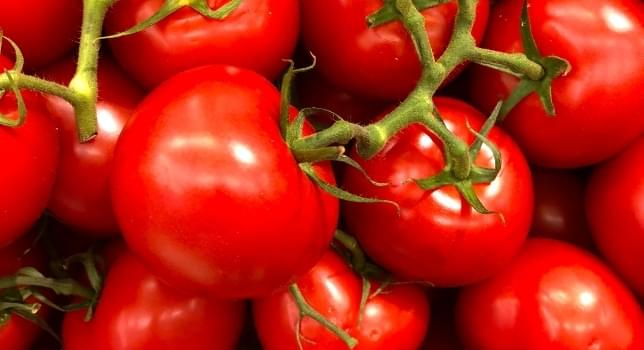Sean McLaughlin, Research Director,
Environmental Fate and Metabolism, North America, describes the criteria and steps involved in crop selection for
plant metabolism and confined rotation crop studies.
Plant Metabolism and confined rotational crop (CRC) studies are a requirement for pesticide registration in the USA, Europe, Japan, and other OECD member countries. The OECD Test Guidelines 501 and 502 and EPA Test Guidelines OCSPP 860.1300 and 860.1850 provide standard guidance to estimate the total residues and determine their nature, ahead of additional
crop residue studies. An additional purpose of conducting these studies is to determine the route or pathways involved and the extent or degree of metabolism observed in the crops. Smithers also has the capability to assess these pathways with
in vitro plant cell studies.
Even with standard guidance on conducting plant studies, most of these guidelines include requirements that leave room for interpretation and options. For plant studies, one of those options is crop selection and the determination of what plant(s) to use.

The OECD TG 501 and OCSPP 860.1300 plant metabolism studies describe up to 5 different classes of crops that may be selected from the root, leafy vegetable, grain, fruit, and/or oil seed categories. The OECD TG 502 and OCSPP 860.1850 generally select rotational crop types from the root, leafy vegetable, and grain categories.
So, what crops should you choose?
First, for plant metabolism studies, the applicant or registrant must provide a rationale for the crop(s) selected and tested in the report and, better yet, in the test protocol. The justification can be as simple as reviewing the product’s label to see what crops are listed or with the manufacturer’s product development group for targeted pests and the associated crops. It may be that an insecticide has particular pests that are mainly associated with a few specific crops. This narrows down the choice, of course, but if it is a widely used herbicide, it is likely that crops from several categories should be chosen. Second, there may be other parameters to consider, such as the geographic locations of the product’s market, the study timing in conjunction with the growing season, etc. To address some of these situations, Smithers can offer both outdoor exposure with partner cooperators and greenhouse testing.
To cover the different types of crop categories, Smithers routinely conducts plant studies with the following plant types within the stated crop categories (plus others):

Smithers has over three decades of experience conducting plant metabolism and confined rotational crop studies and can help you select appropriate crops for your testing to meet the OECD 501/502 and EPA equivalent OCSPP 860.1300/1850 study guidelines.
Smithers is situated to offer these plant studies at both our Wareham, MA laboratory in the US and our Harrogate, UK laboratories.
Get in touch with us for assistance in designing and conducting your next plant metabolism and/or confined rotational crop studies.
Author:
 Sean McLaughlin
Sean McLaughlin
Research Director
Environmental Fate and Metabolism
Wareham, MA, USA
.jpg?ext=.jpg)
 The OECD TG 501 and OCSPP 860.1300 plant metabolism studies describe up to 5 different classes of crops that may be selected from the root, leafy vegetable, grain, fruit, and/or oil seed categories. The OECD TG 502 and OCSPP 860.1850 generally select rotational crop types from the root, leafy vegetable, and grain categories.
The OECD TG 501 and OCSPP 860.1300 plant metabolism studies describe up to 5 different classes of crops that may be selected from the root, leafy vegetable, grain, fruit, and/or oil seed categories. The OECD TG 502 and OCSPP 860.1850 generally select rotational crop types from the root, leafy vegetable, and grain categories.



-(644-×-350-px).jpg?ext=.jpg)
.jpg?ext=.jpg)